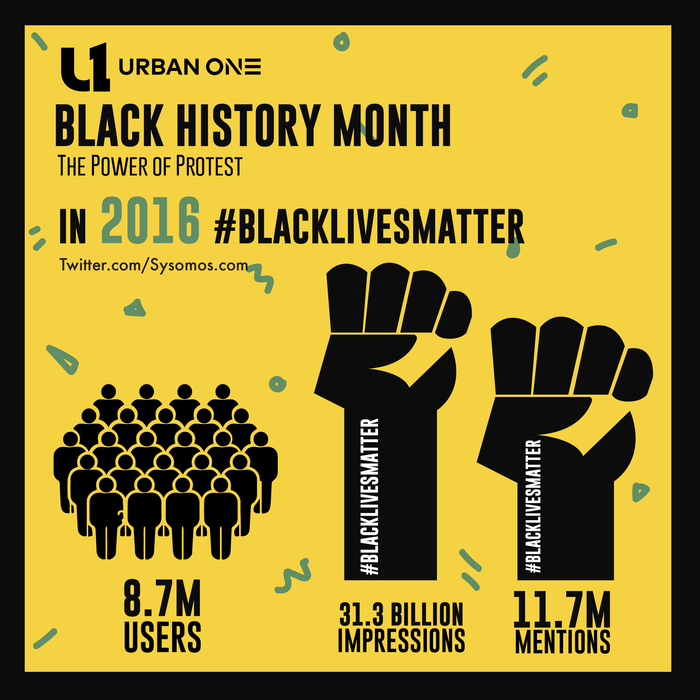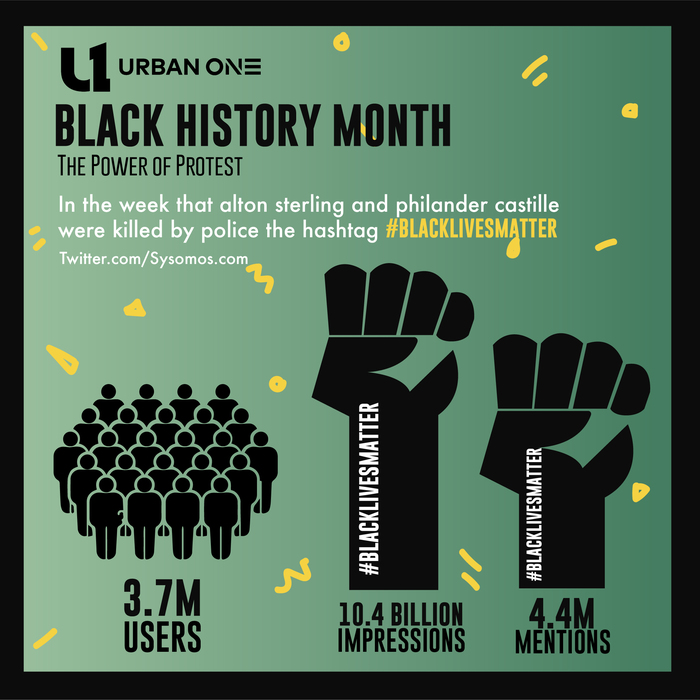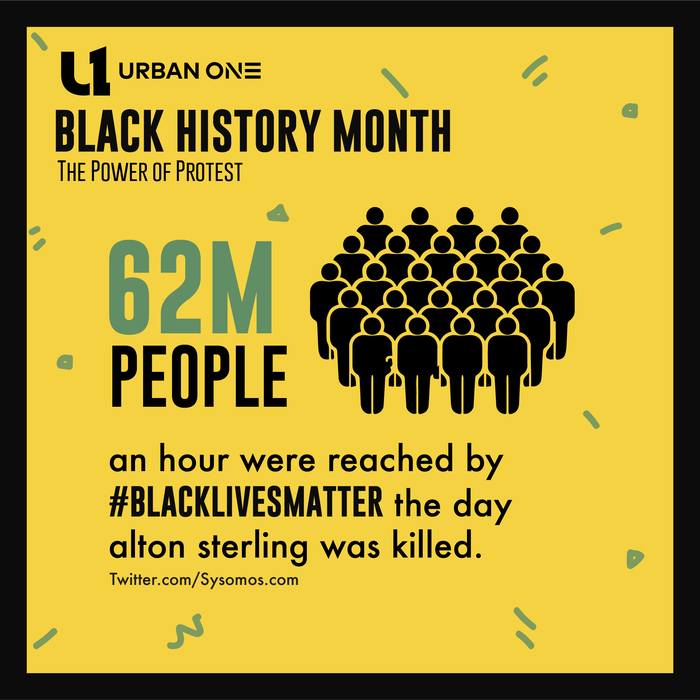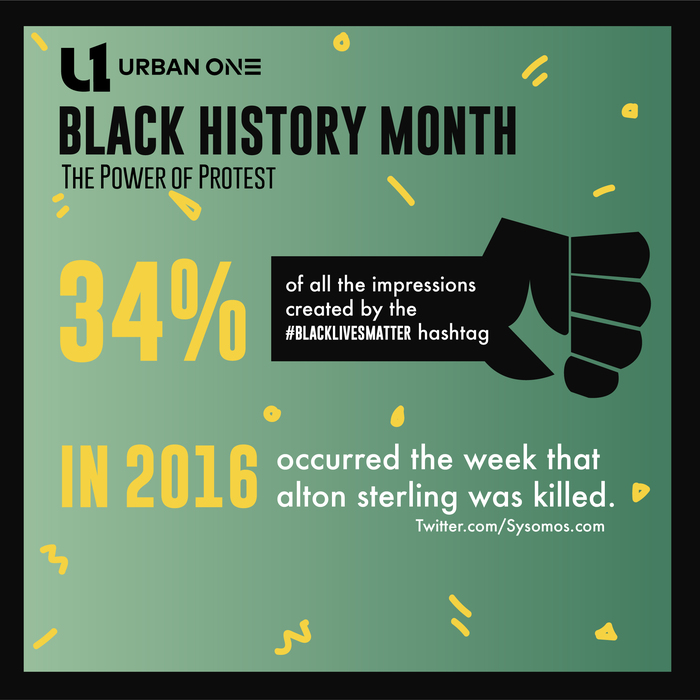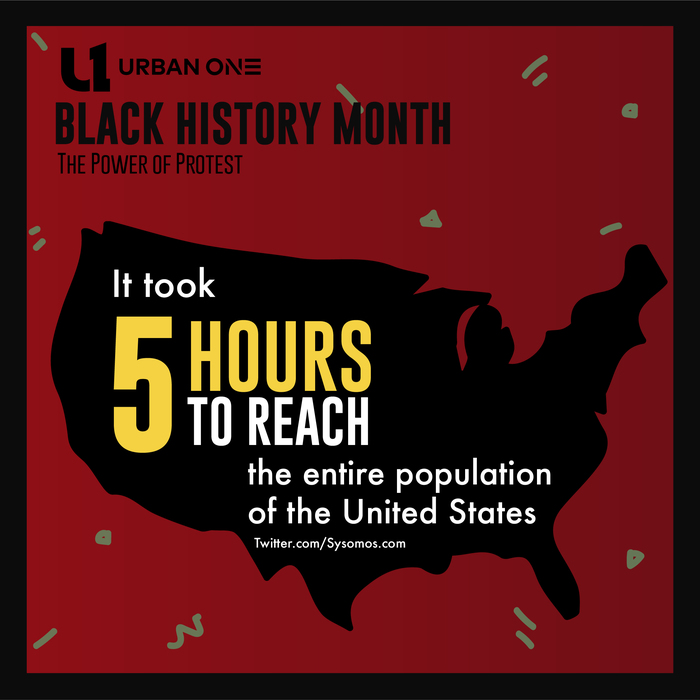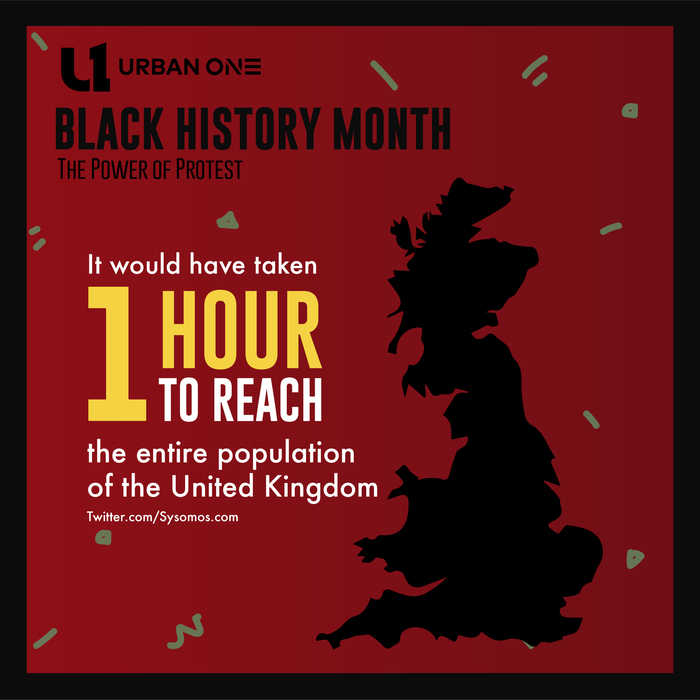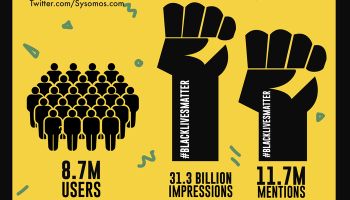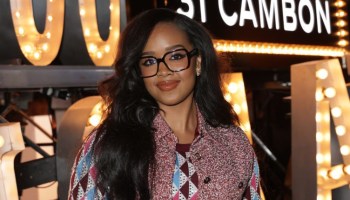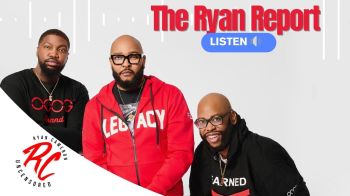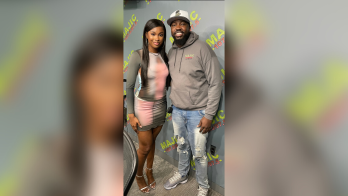#Blacklivesmatter is a household name, like McDonald’s, like Apple, like Nike.
by: @blogzworth
You send a tweet. It gets retweeted, creates a 100 impressions. As small as that seems, it’s pretty impactful. Think about it. Something you created was shared and it crossed 100 sets of eyes. It reaches twice as many people as you thought it would. Nothing on the planet and can do that with the speed and forcefulness of twitter and because of that, it has sparked revolution after revolution in our modern way of media consumption. One of the most impactful hashtag revolutions of the platform’s young existence is Black Lives Matter. The hashtag #blacklivesmatter, started in 2013 by Alicia Garza, Patrisse Cullors, Opal Tometi after teen Trayvon Martin was killed by George Zimmerman, who was later acquitted. Many people took to twitter to voice their frustrations using the hashtag #blacklivesmatter. It grew into a social movement against violence and systemic racism towards black people.
On July 5th, 2016, Alton Sterling was killed by police while being recorded by multiple bystanders. On July 6, 2016, Philando Castile was shot and killed by police while being recorded on Facebook Live. These two videos immediately turned into viral sensations prompting the #blacklivesmatter hashtag into a frenzy.
As I scrolled through my Twitter feed that day seeing all the heartache and frustrations in people’s thoughts, I had no idea how impactful all there messages would be. I couldn’t help but wonder why. Why were all these people participating in this movement? People make hashtags everyday and rarely do they move like #blacklivesmatter. So why this hashtag?
The answer is emotion. Every great brand knows how to connect your affections to their message, #blacklivesmatter is no different. But unfortunately we had to lose the life of two young African-American boys to create necessary empathy for revolution. That empathy has been fueling the movement, keeping it breathing through years of suffocating attacks from many who wish to discredit.
Still, today #blacklivesmatter is a household name, like McDonald’s, like Apple, like Nike. All of the biggest advertisers in the world can’t hold a candle to #blacklivesmatter’s global reach and if they can, I’d like to see the numbers to prove it.
#Blacklivesmatter has a marketing staff of 8.7 million people, who constantly work overtime when needed. It gets mentioned on Twitter over 11 million times a year and impresses billions. And it’s product you ask? Simple, JUSTICE. People want it, and more importantly, their emotionally connected to it. In 2016 on Twitter, the hashtag #blacklivesmatter had 31.3 billion impressions, from 11.7 million mentions by 8.7 million users. To understand these numbers a little better, first lets break down the metrics used to gather our information; impressions, mentions, and users.
Impressions are just as they sound, impressions. When you drive down a highway and see a billboard, that billboard makes an impression on you. You might not act, but if you see it enough times you could be compelled to. That’s how advertisers rate how much money they can charge for an ad. If my billboard is in a section of the highway that always has a lot of traffic, it’s going to the a lot of impressions. Social media works the same way, but instead of driving you’re scrolling. If you see a hashtag you’ve created an impression for that hashtag.
Twitter Mentions are the number of times people used a hashtag. If you use a hashtag in a tweet you’ve mentioned that hashtag. Now you’ve taken action and helped create impressions for that hashtag.
Twitter Users are all the people mentioning, sharing and engaging with a certain hashtag. Users mention hashtags which creates impressions.
Now, here are some statistics to ponder…
In 2016 on Twitter, the hashtag #blacklivesmatter had 31.3 billion impressions, from 11.7 million mentions by 8.7 million users.
In the week that Alton Sterling and Philando Castile were killed by police the hashtag #blacklivesmatter had 10.4 billion impressions from 4.4 million mentions by 3.7 million users.
34% of all the impressions created by the #blacklivesmatter hashtag in 2016 occurred the week that Alton Sterling and Philando Castile were killed.
The hashtag #blacklivesmatter reached 62 million people an hour the day Alton Sterling was killed.
If you followed that same trend, it would take 5 hours to reach the entire population of the United States and one hour to reach the entire population of the United Kingdom.
_________
Yes, these numbers are as fascinating as they seem on paper, but they tell a bigger story. One of years of social injustices, and generational heartache from not feeling equal in a country they actually love. What once was a cleaned shaven preacher on the corner with his bible proclaiming his convictions, is now an influencer who puts her convictions behind a pound sign, in hopes that others will connect with her message.
In the case of #blacklivesmatter, the numbers don’t lie and people are connected. Now the last question to ask yourself…
What if 10% of the people reached by #blacklivesmatter donated a $1 to the cause?
Do the math, when you’re done, hit me in the comments.
We can finish this article there…
